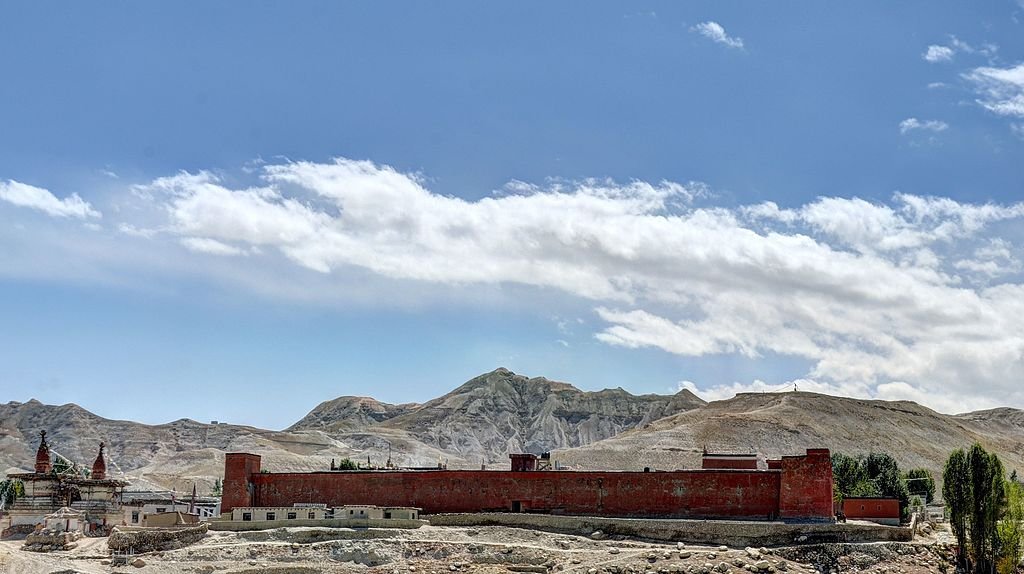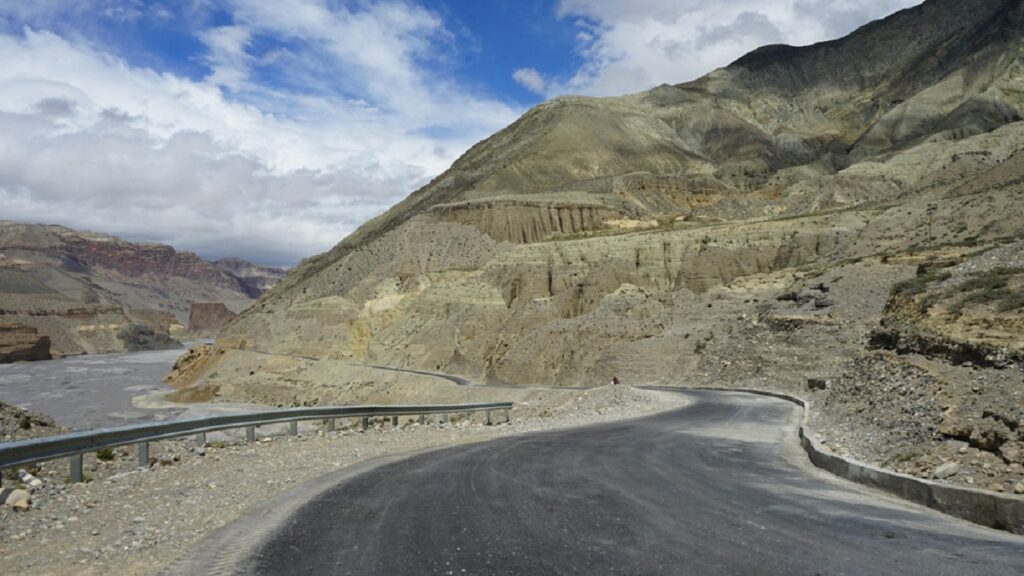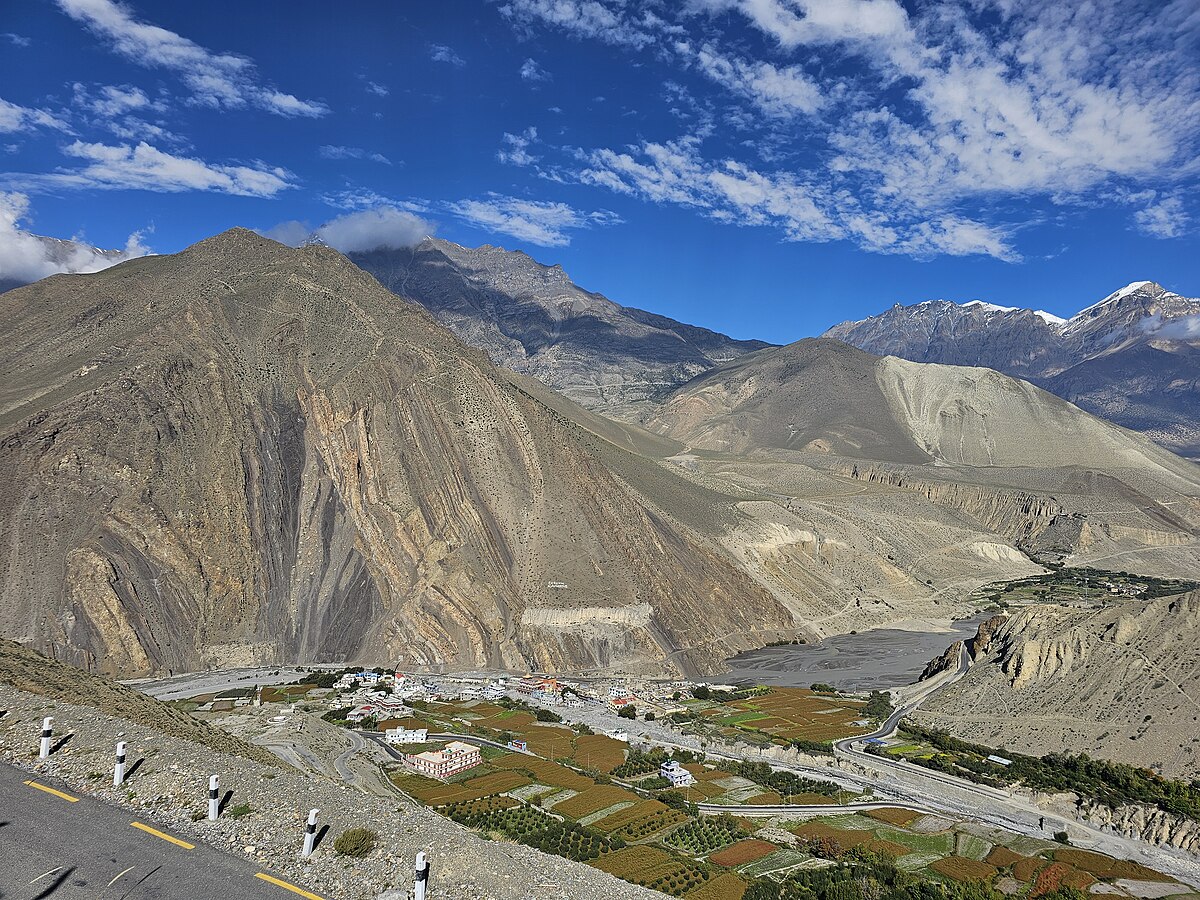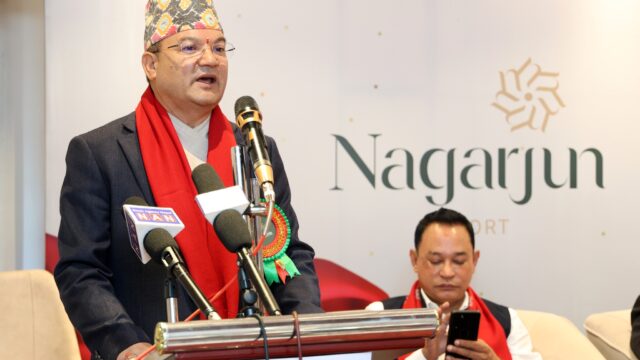Mustang: A Global Hub for Mountain Warfare Training
Located in the remote and rugged terrain of Mustang, the High Altitude and Mountain Warfare School under the Nepali Army in Kaisang, Gharapjhong Rural Municipality-5, has emerged as a key institution for international military training. As of now, a total of 338 military personnel from 24 countries, including Nepal, have completed specialized training in high-altitude and mountain warfare. This significant figure highlights the school’s growing reputation as a center of excellence in extreme environmental military preparedness.
Established in 1975 for Tactical Mountain Training
According to the Directorate of Public Relations of the Nepali Army in Kathmandu, the High Altitude and Mountain Warfare School was established in 2032 B.S. (1975 A.D.) by the Army Headquarters to conduct both basic and advanced training courses in mountain warfare. Celebrating its 50th anniversary, the school has trained nearly 7,000 personnel in basic mountain warfare and 2,500 personnel in advanced courses over the decades.
The continuous operation of this training school reflects Nepal’s strategic utilization of its unique Himalayan geography. With steep cliffs, freezing temperatures, and high elevations, Mustang provides the perfect setting for soldiers to gain real-world experience in some of the world’s toughest terrains.
Graduates Conquering the Highest Peaks
One of the key achievements of this training program is the number of soldiers who have successfully scaled extreme altitudes after graduating. As reported by Nepali Army spokesperson Rajaram Basnet, 51 advanced course graduates have climbed peaks over 8,000 meters, while 29 have reached the summit of Mount Everest (Sagarmatha). These statistics underscore the practical effectiveness and excellence of the training curriculum delivered at the Mustang school.
The primary goal of this program is not only to impart technical and tactical combat skills in high-altitude environments but also to prepare soldiers for mountaineering and rescue missions under extreme conditions.
Detailed and Intensive Curriculum
The Nepali Army conducts both basic and advanced courses on a yearly basis. The basic training lasts around four to five months, while the advanced training duration is based on operational needs and specific mission requirements.

The training is conducted between altitudes of 2,500 meters to 5,500 meters, ensuring that participants are physically and mentally acclimatized to the most challenging environments. The curriculum includes both theoretical and practical modules, focusing on:
- High-altitude survival techniques
- Mountain and glacier warfare strategies
- Rock climbing and snow maneuvering
- River crossing techniques
- Combat navigation in difficult terrain
In addition to physical drills and survival tactics, participants receive exposure to mountain environment awareness and climate change impacts, linking military preparedness with ecological responsibility.
Commitment to Environmental Protection
Another standout feature of the Mustang-based training program is the Nepali Army’s commitment to environmental sustainability. During training periods, soldiers are also tasked with managing waste in mountainous areas, as part of the army’s broader “Clean Mountain Campaign”.
By organizing annual cleanup initiatives, the Nepali Army ensures that the pristine Himalayan ecosystem is not harmed by training activities. This balance between defense training and environmental protection is rare and positions Nepal as a model for sustainable military practices in ecologically sensitive zones.
International Participation and Collaboration
The advanced training program also hosts participants from allied nations, enhancing diplomatic and defense collaboration. The latest batch of training began on Jestha 11 (May 25) this year, with over 140 military trainees from across Nepal taking part in the ongoing session.

During the recent exercise held at the Kali Gandaki River in Jomsom, soldiers practiced various river crossing techniques using field equipment. These exercises simulate real-life scenarios where soldiers might need to traverse glacial rivers during missions in high-altitude battlefields.
Nepali Army officials have stated that such exercises are not only physically demanding but also crucial in boosting strategic readiness for potential international peacekeeping deployments or disaster response missions in mountainous areas.
A Pillar of National and Global Defense Capability
The High Altitude and Mountain Warfare School in Mustang continues to serve as a strategic national asset and a symbol of Nepal’s expertise in mountain resilience and defense preparedness. With an increasing number of international participants and graduates making significant contributions in their respective armies, the program is becoming a global benchmark for alpine military training.
Nepal’s unique geography, combined with its rich experience in mountaineering and military discipline, places the country at the forefront of high-altitude tactical training, vital for future regional and international security operations.
The Mustang-based training initiative, now in its fifth decade, is not just a military asset but also a diplomatic bridge, an environmental initiative, and a national pride. Its continued operation and expansion signal Nepal’s increasing role in preparing forces not only for war but also for peace, rescue, and sustainability in the world’s highest and most fragile environments.






